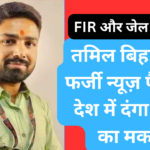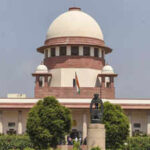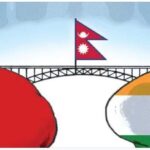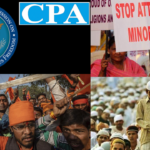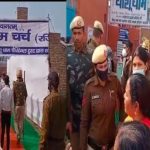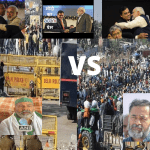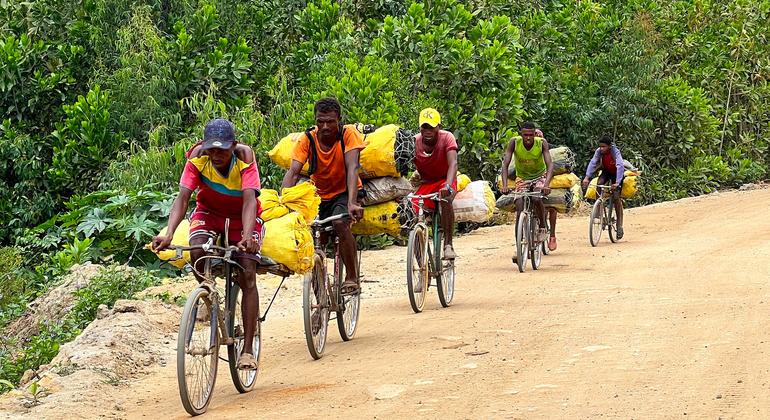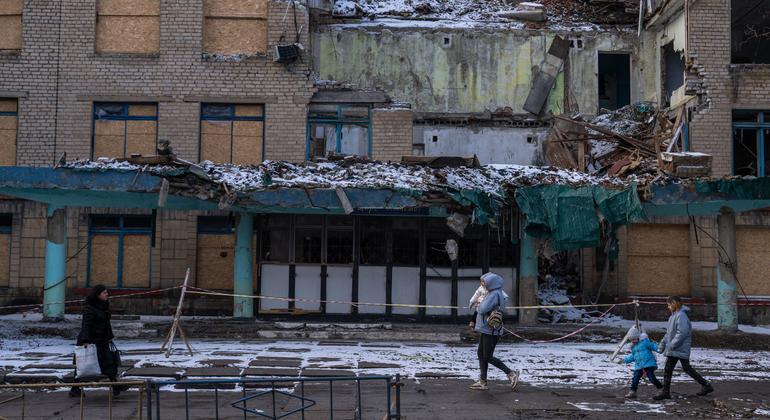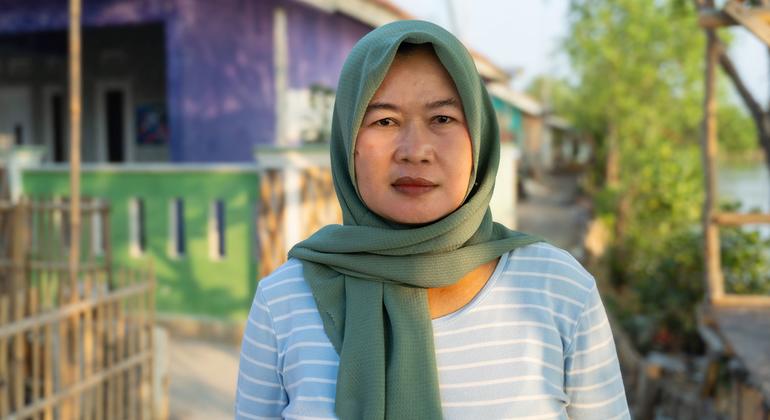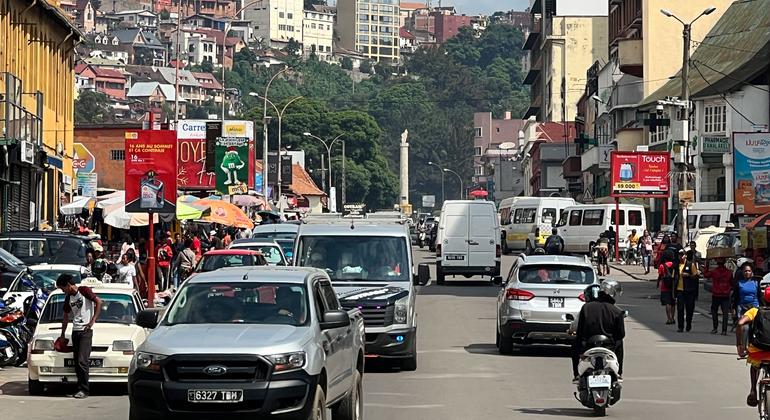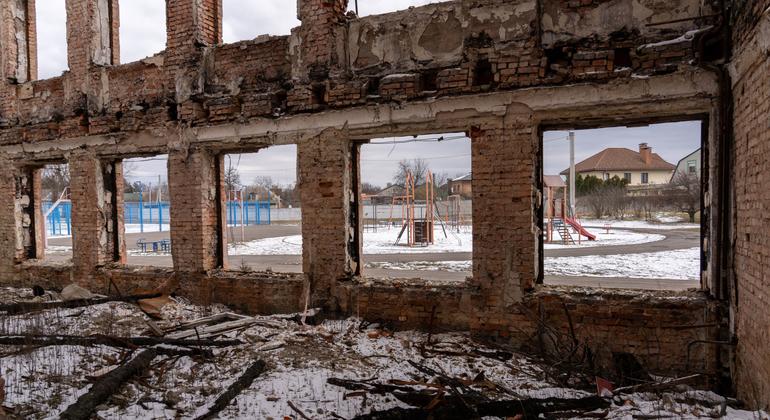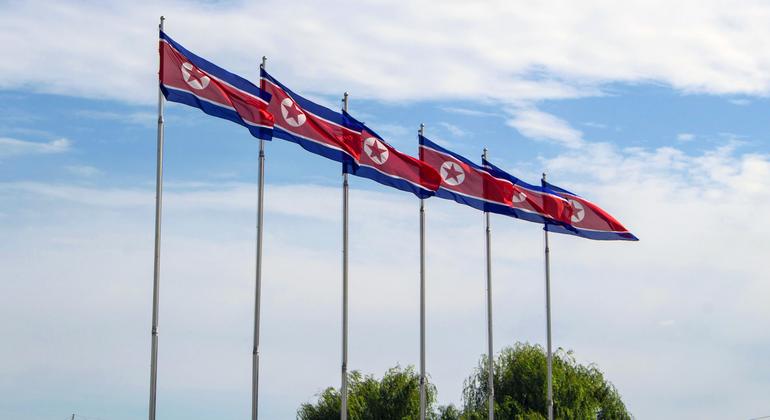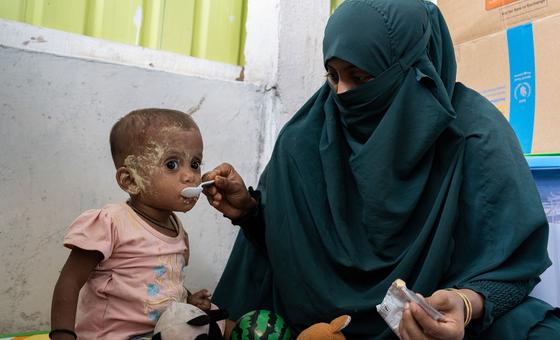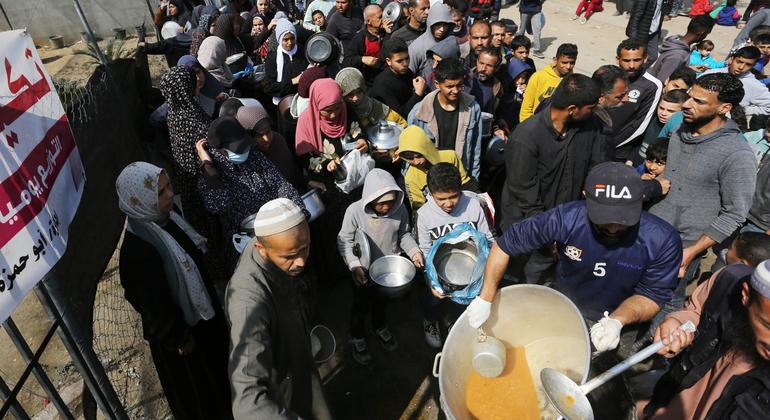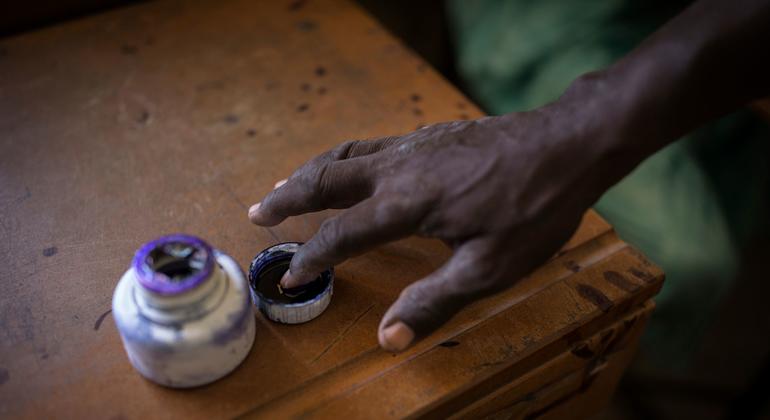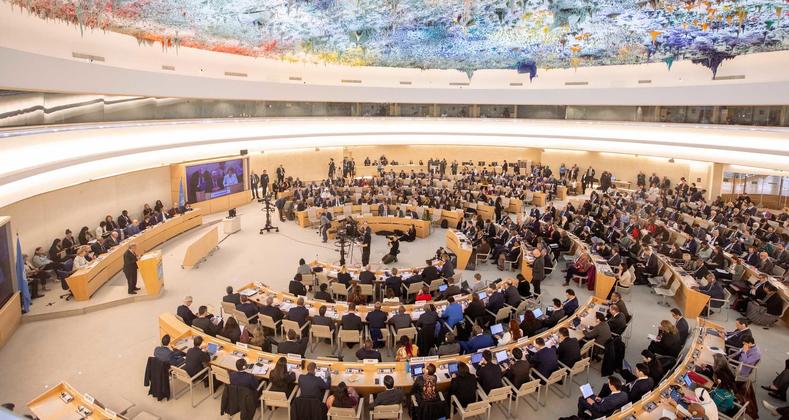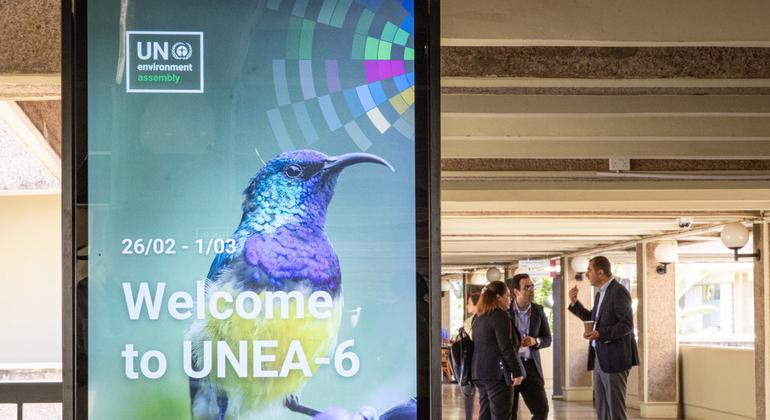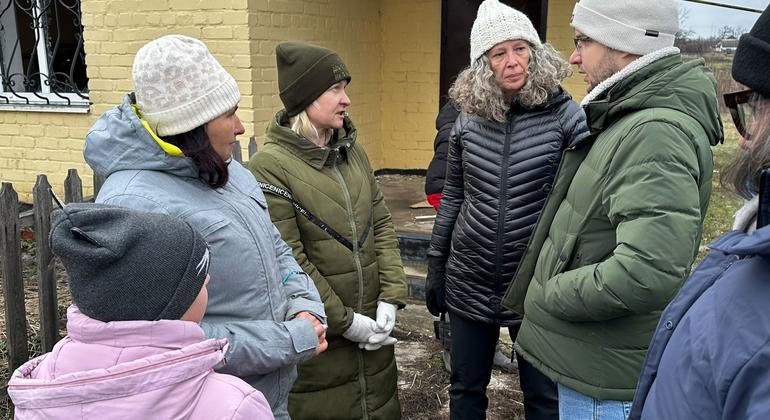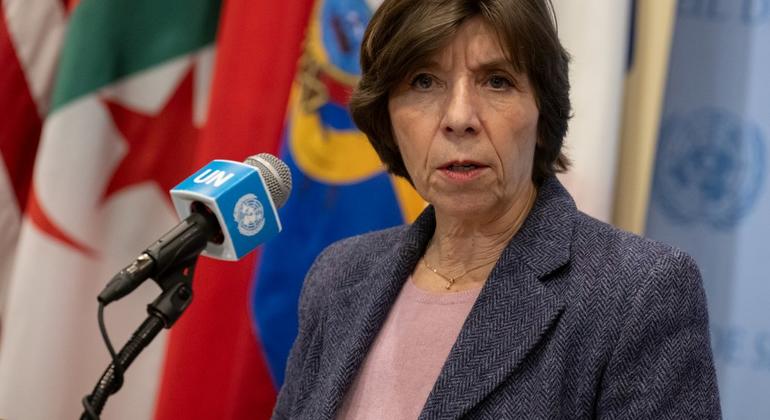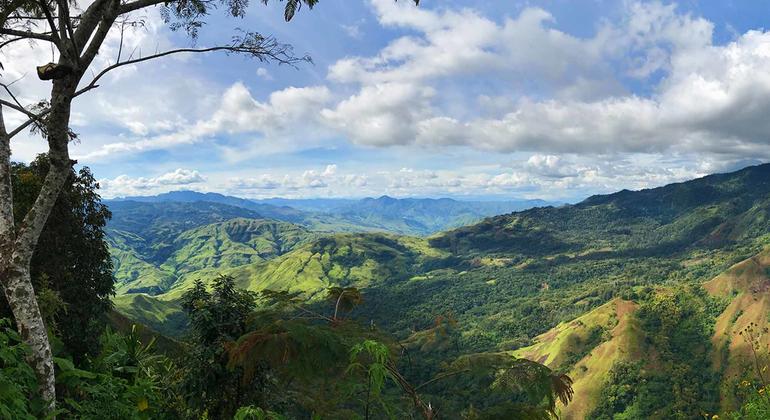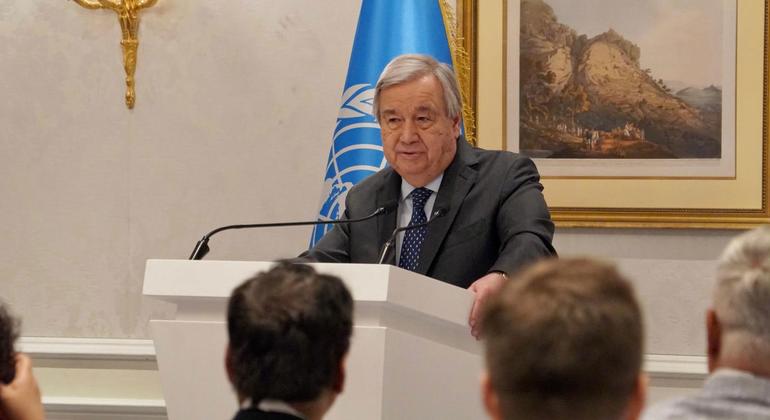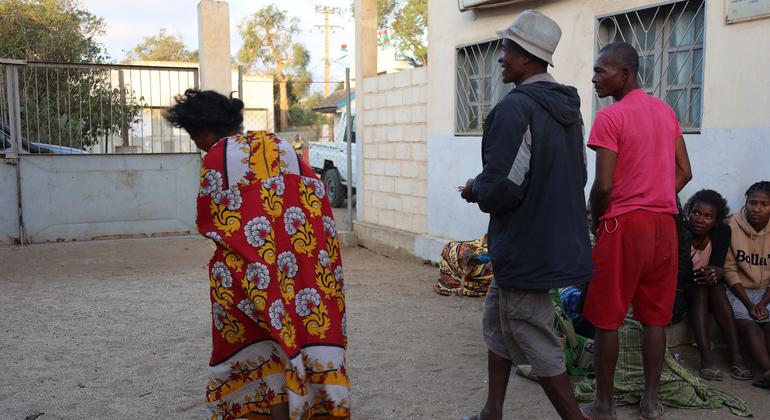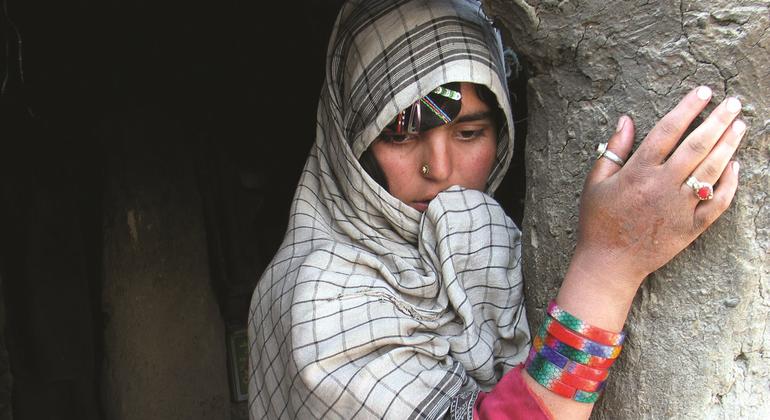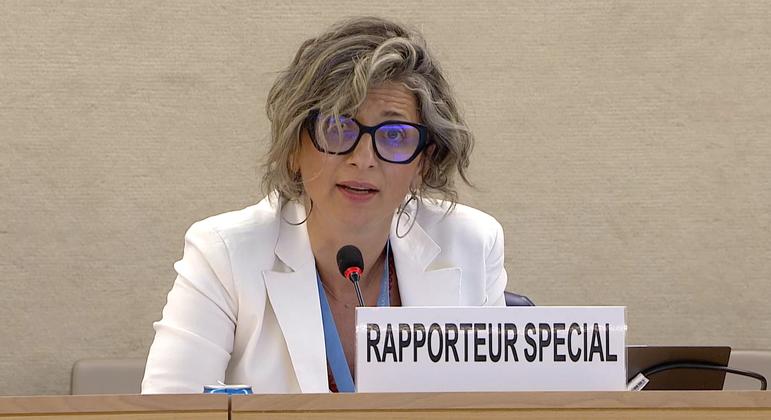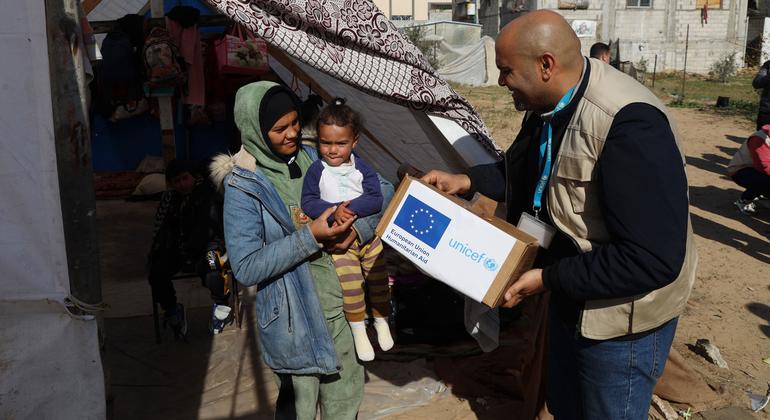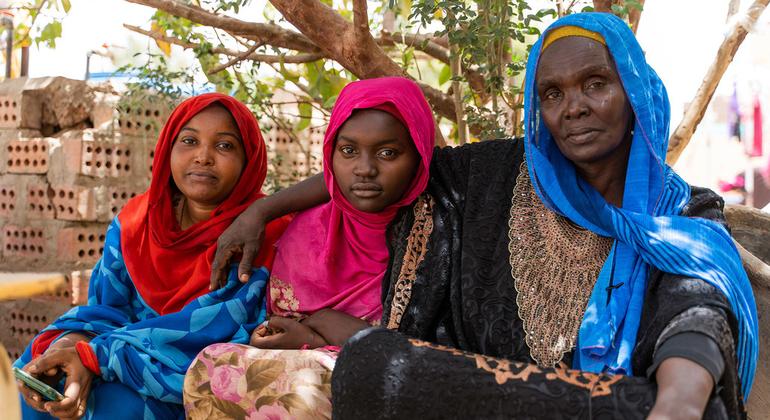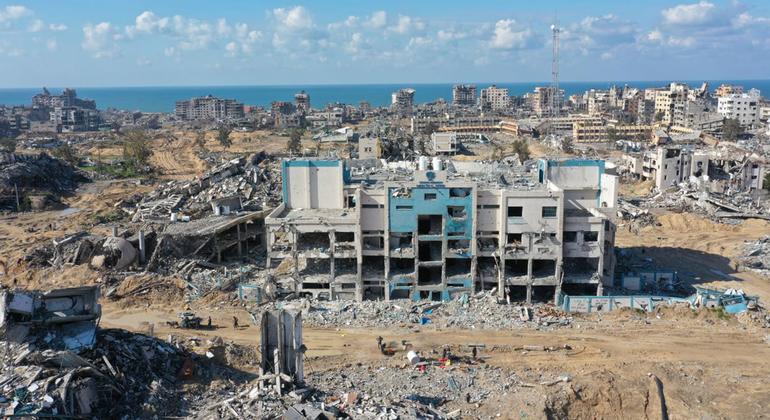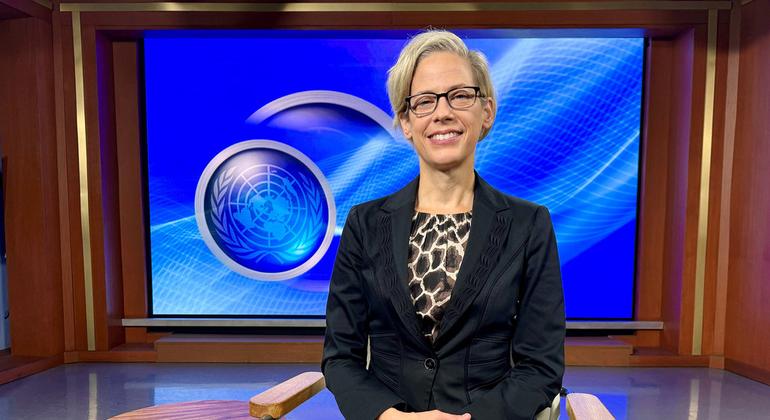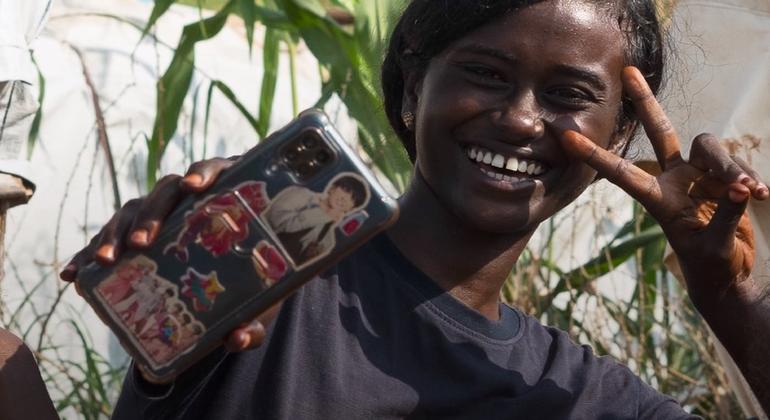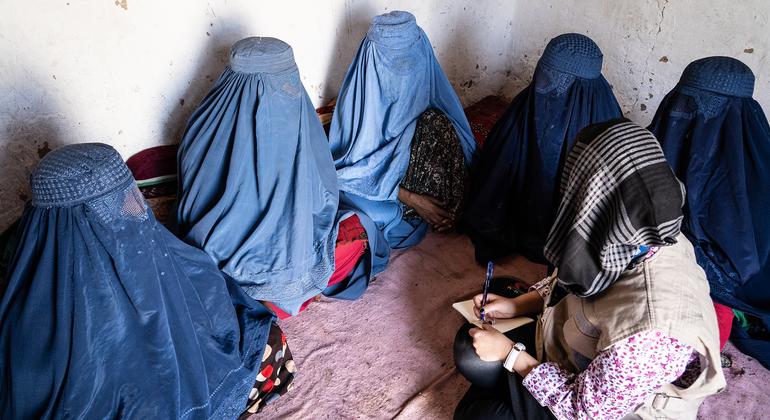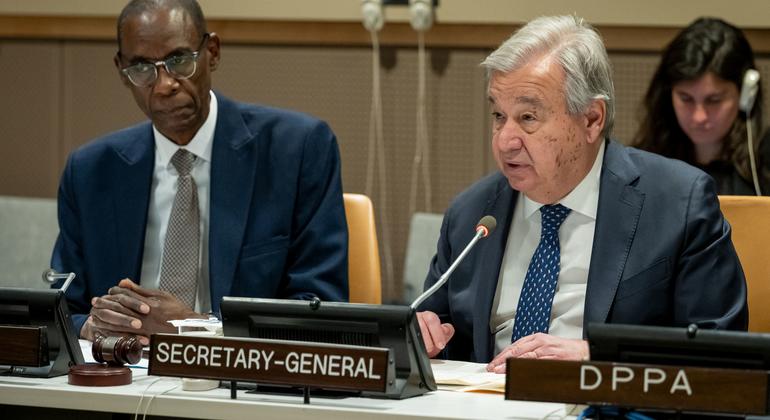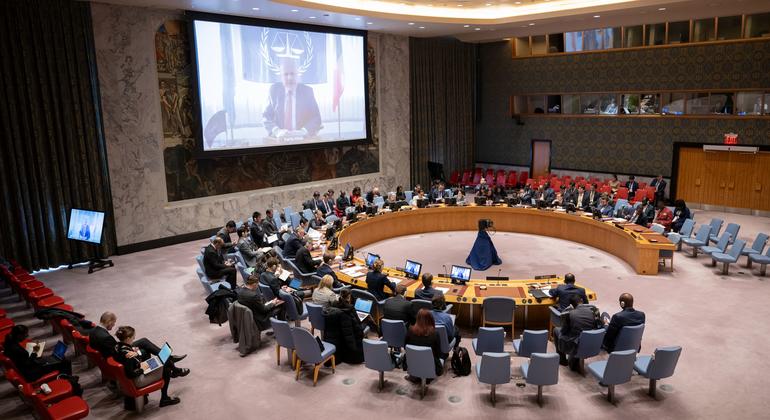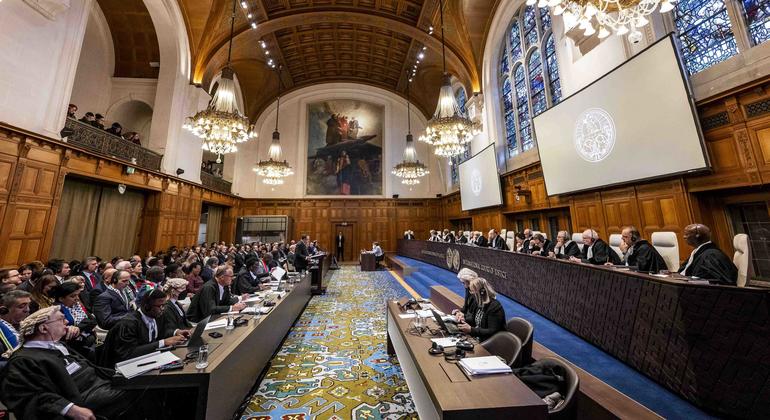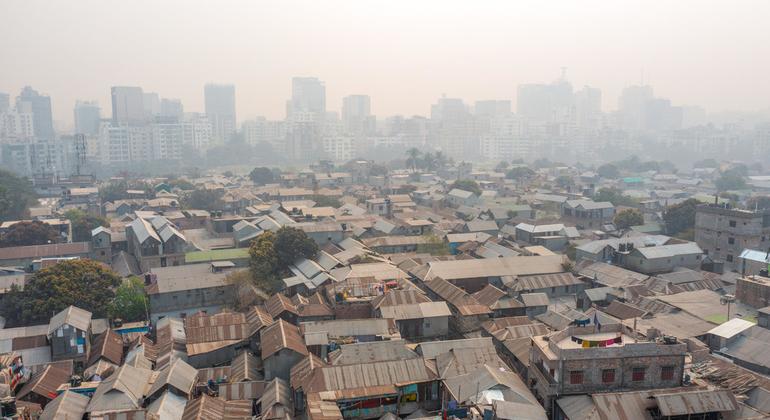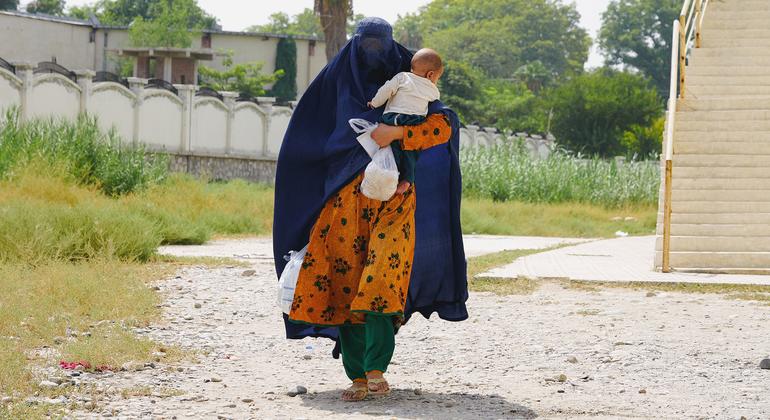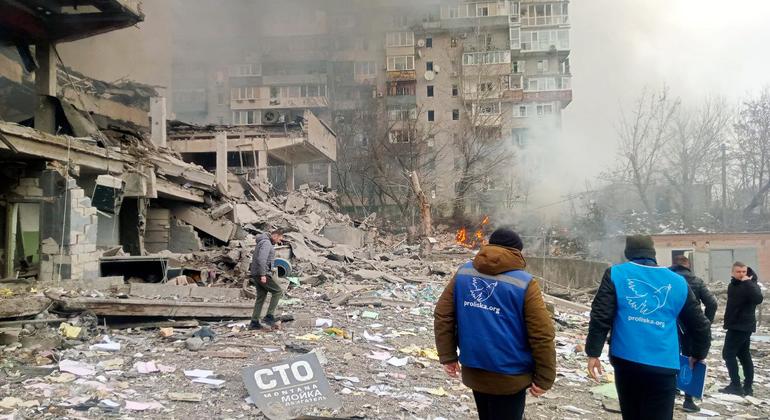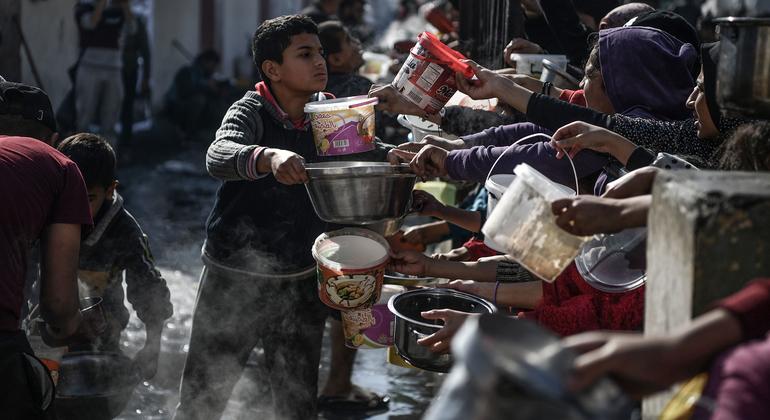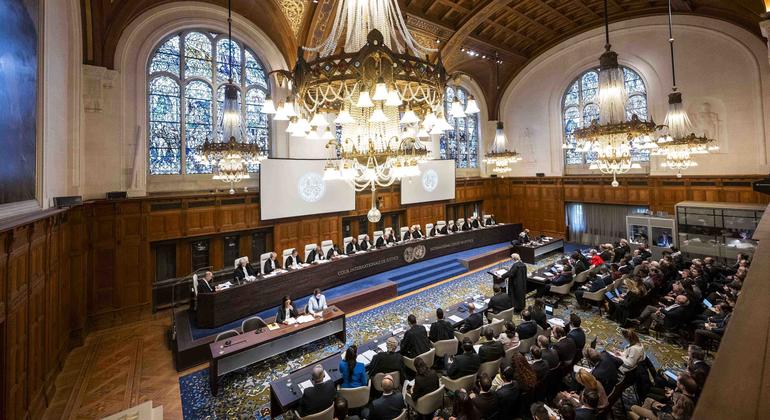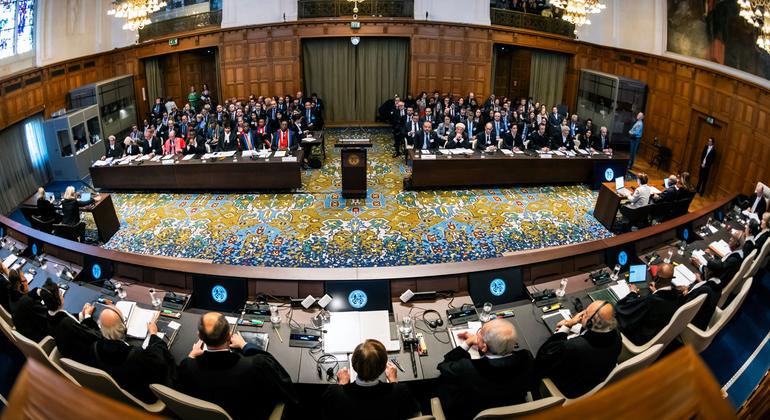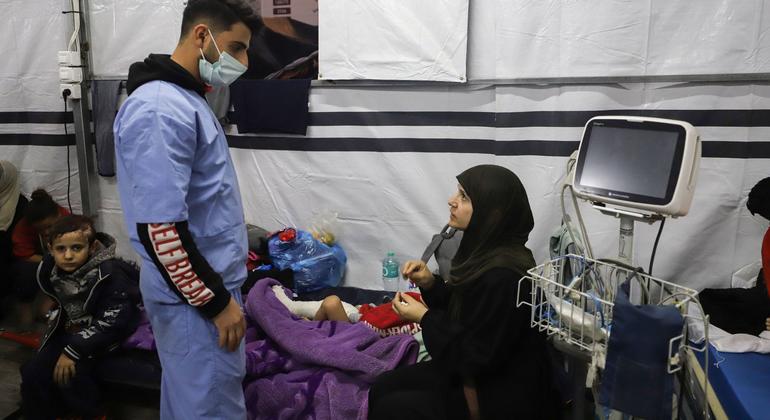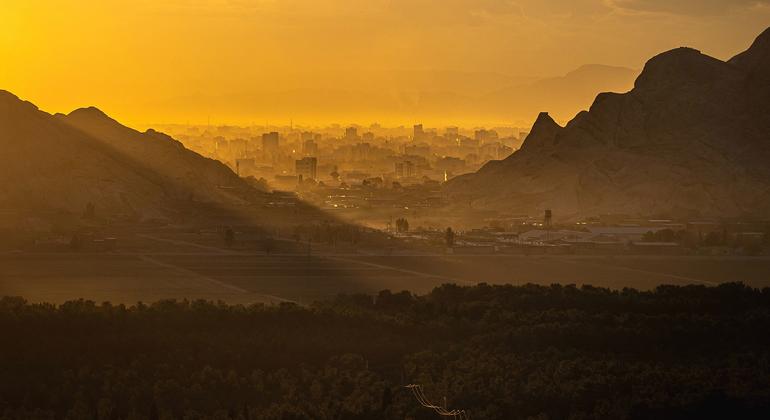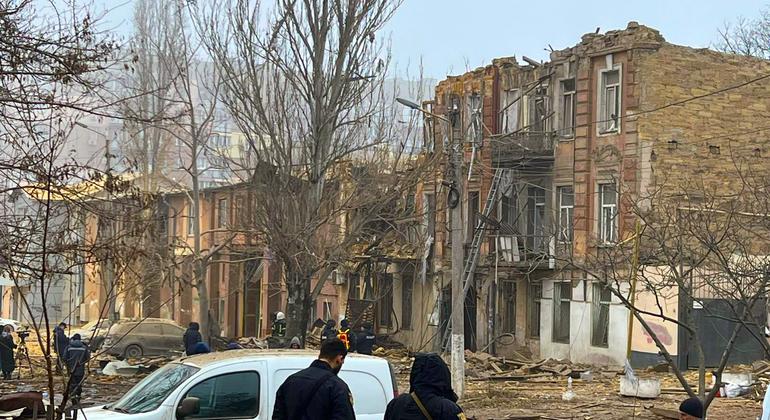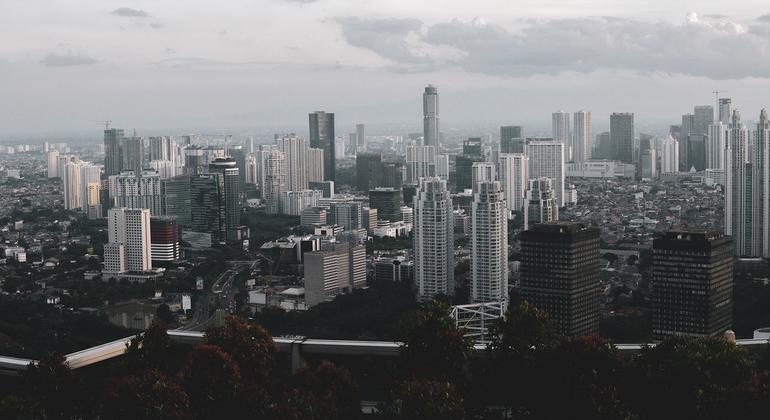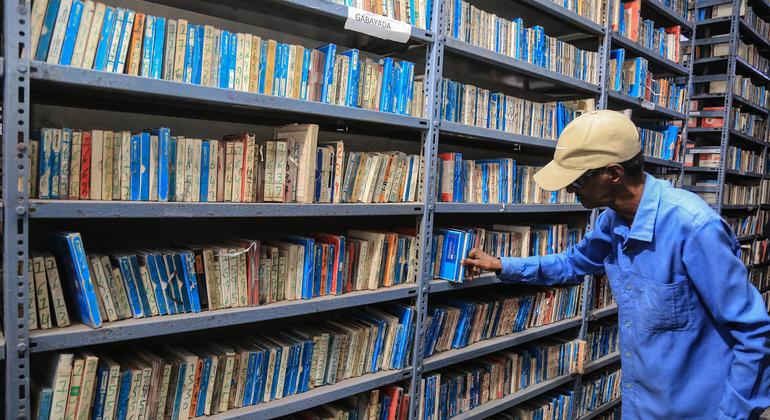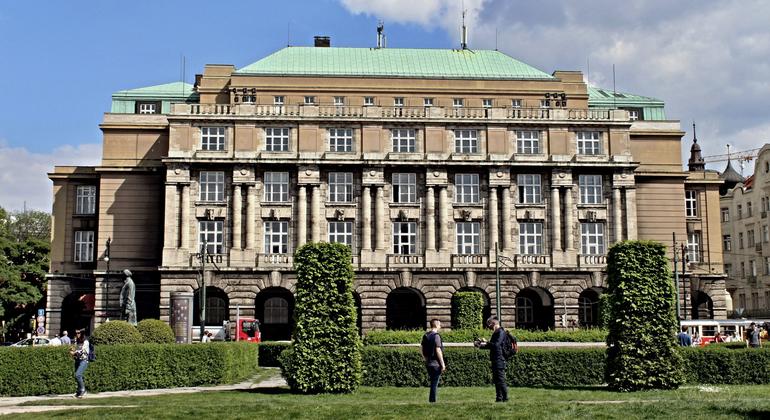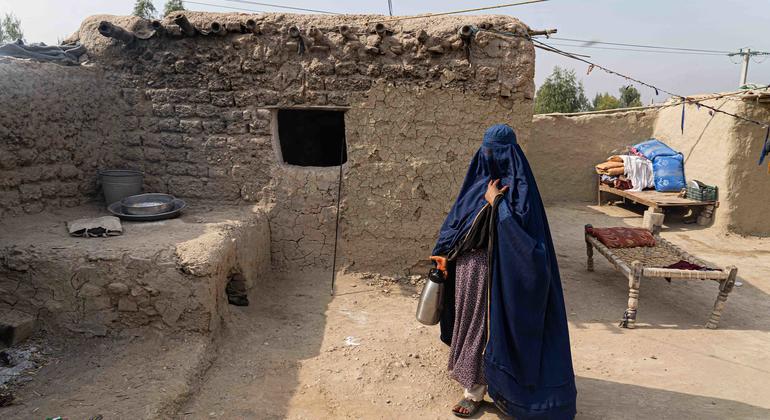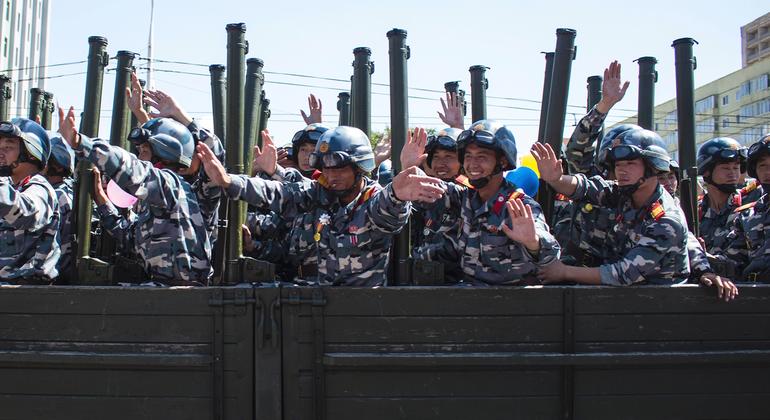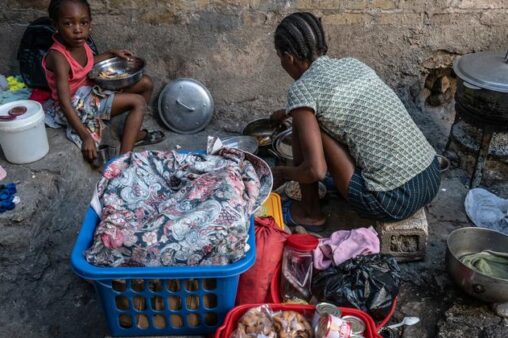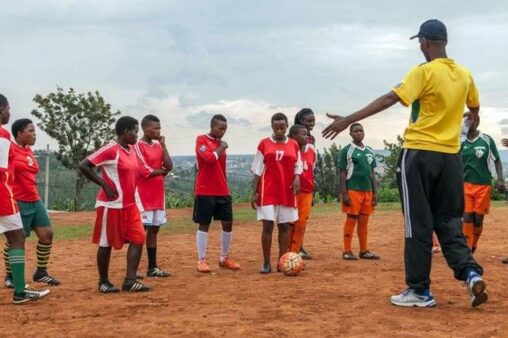Nepal quake: UN response continues, as aftershocks leave families traumatized
[ad_1]
According to agencies on the ground, more than 380 aftershocks have been reported since the 6.4 magnitude quake struck shortly before midnight of Friday into Saturday, local time.
Initial findings suggest over 4,000 homes have been damaged in the worst affected districts of Rukum (West) and Jajarkot, leaving up to 1.3 million people without effective shelter, of whom about 250,000 may need immediate assistance.
Some 213 schools have been damaged, including 91 which have collapsed, according to media reports.
The remoteness of the area in terrain susceptible to landslides and recurring aftershocks, poses significant challenges.
Friday’s seismic event was the deadliest in Nepal since the April-May 2015 quakes, which claimed nearly 9,000 lives, destroyed or severely damaged over 500,000 homes and caused billions of dollars in economic loss.
UN chief expresses solidarity with Nepal
Secretary-General António Guterres is deeply saddened over the loss of life and damage caused by the earthquake, his spokesperson Stéphane Dujarric said, adding that UN is working closely with authorities in providing speedy assistance to those affected.
“Having just recently returned from Nepal, and with the hospitality and the spirit of the country’s people fresh in his heart, the Secretary-General expresses his solidarity with the Government and people of Nepal and extends his sincere condolences to the families of the victims,” Mr. Dujarric said in a statement issued on Monday, in New York.
Preexisting vulnerabilities
The region is also among the most impoverished in the country, leaving it vulnerable from the offset. High numbers of men take seasonal jobs elsewhere, leaving many women, children and elderly relatives behind in towns and villages.
“The impact of this latest earthquake is compounding the difficulties and vulnerabilities of communities with low socio-economic indicators and stretched coping mechanisms,” said Hanaa Singer-Hamdy, UN Resident Coordinator in Nepal.

UNICEF staff unload relief supplies in the earthquake-hit Jajarkot district in western Nepal.
Joint UN response
In response, UN agencies in coordination with the Government and humanitarian partners are providing temporary shelter, food, and non-food items.
The World Food Programme (WFP) is providing logistics support at the Humanitarian Staging Area and has sent six metric tonnes of emergency food. The World Health Organization (WHO) and the UN Population Fund (UNFPA) are supplying medical resources and teams.
UNICEF is providing emergency supplies for vulnerable children and families, having already distributed 1,000 tarpaulins and 1,300 blankets, with 3,000 more on the way. They are also supplying water, sanitation, and hygiene supplies.
UNFPA, in collaboration with other agencies, focuses on gender-based violence response and referrals, enlisting counsellors and community-based psychosocial care specialists. UN-Women supports women’s groups including community kitchens and relief packages.
The UN Development Programme (UNDP) and the International Organization for Migration (IOM) are providing support to the Provincial Emergency Operations Centre. UNDP is also preparing to deploy engineers, volunteers, and drones for damage assessment.
[ad_2]
Source link

